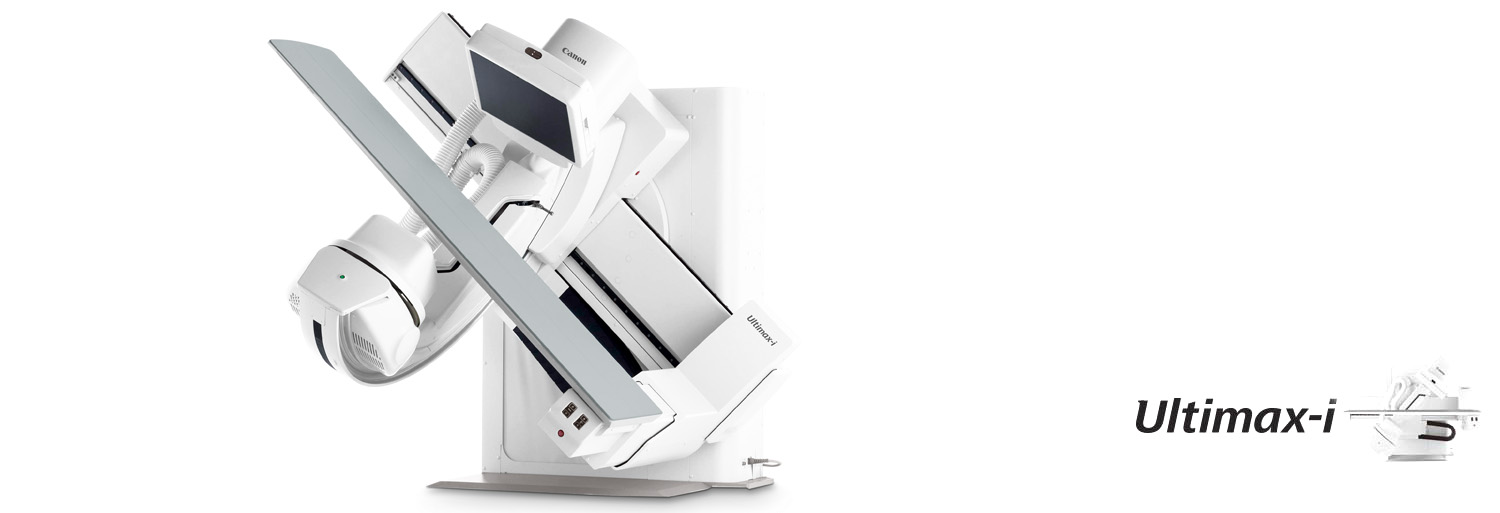
Ultimax-i Benefits
Increased Utilization.
- Experience full-spectrum detection on a flat-panel detector with corner-to-corner 17 in. by 17 in. coverage for high-resolution imaging
- Accommodate up to 500 lb. with a wide, high capacity table to comfortably image a wide range of patients
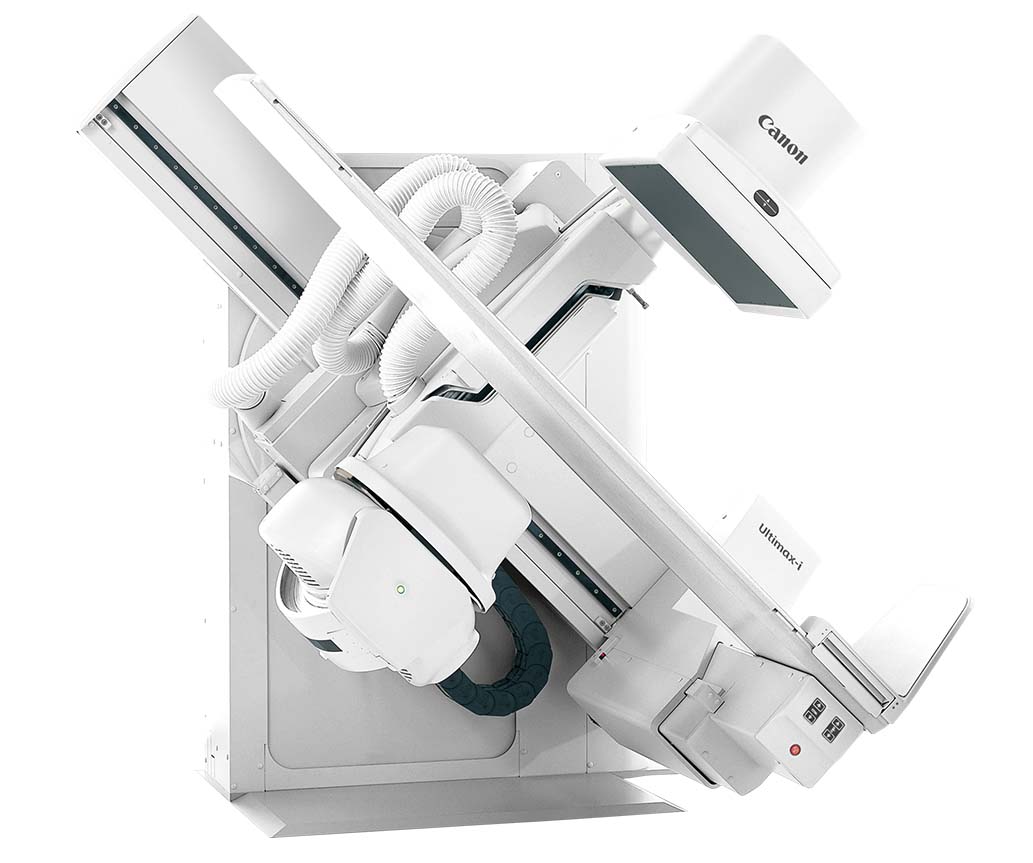
Patient Access
Reposition the system, not the patient.
- Adjustable C-arm and table positioning to work around the patient's position
- Enhanced patient access on either table side
- Provides an ideal situation for the clinical team during simple to complex procedures
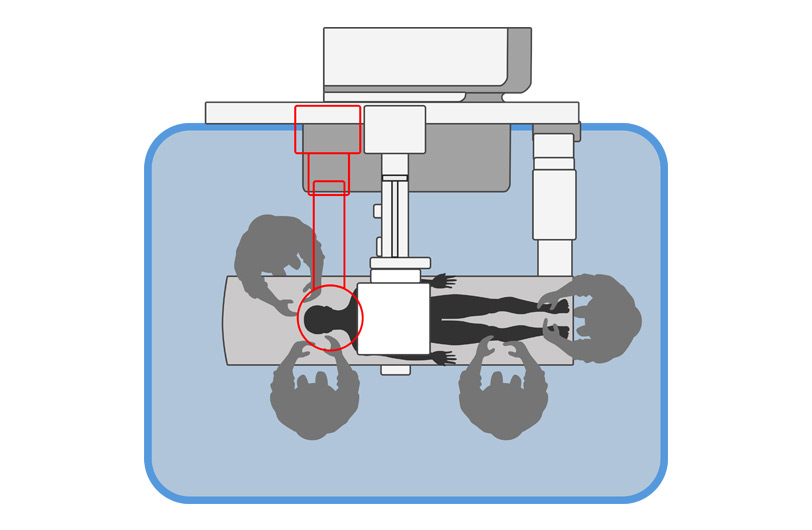
Overhead Tube
Increased flexibility of exams.
- Provides increased flexibility of exams in a single room with an integrated overhead tube, wall stand, and wireless panel
- Effortless X-ray tube positioning with convenient tube stand handgrip and ergonomic buttons
- Increased range of travel for extended patient coverage
- Wireless panel enables greater flexibility of exams inside and outside of the bucky
- OTC Features
- 300 KHU X-ray Tube
- Tube Rotation Vertical: +/-180°
- Tube Rotation Horizontal: +150° to -180°
- Longitudinal 14'-4"
- Vertical 5'-5"
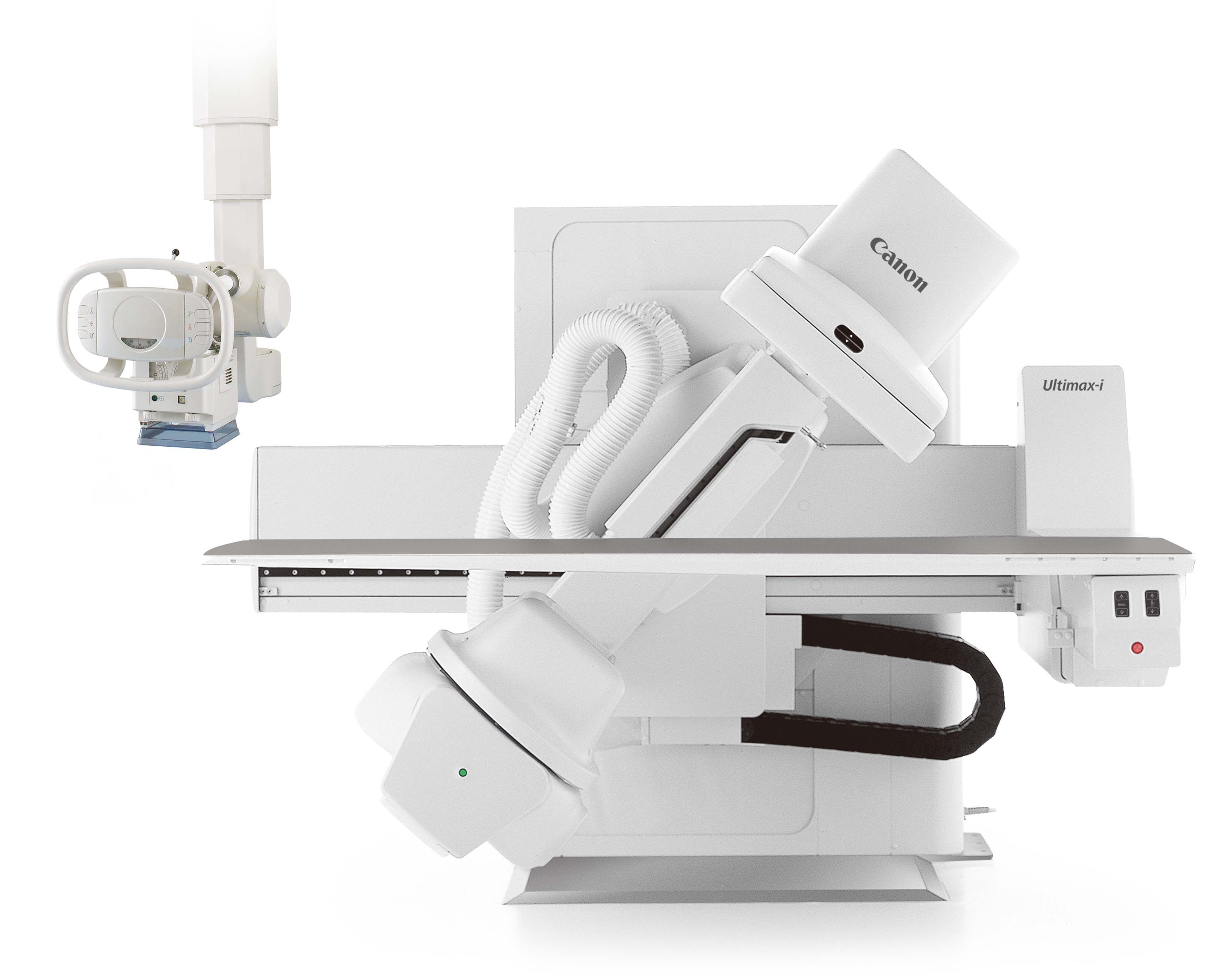
Ultimax-i Single Console
Single console, Single Generator for two X-ray tubes, for two detectors.
Image Processing and X-ray Control from a Single Console.
- Enhanced workflow
- Quick exams time
- Small space requirement
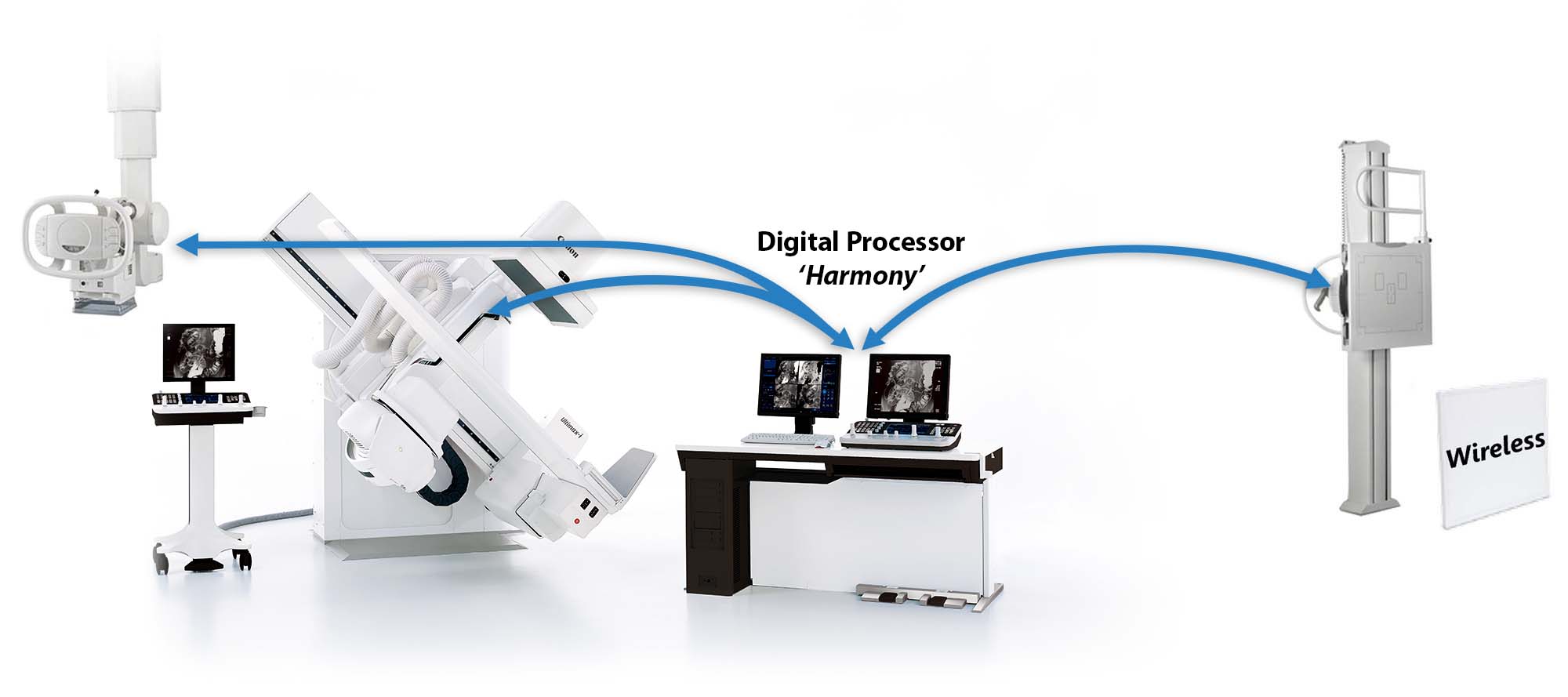

The Ultimax-i comes standard with a comprehensive dose management suite of technology.
Our DoseRite dose management tools are designed to help clinicians reduce patient X-ray exposure while maintaining image quality.
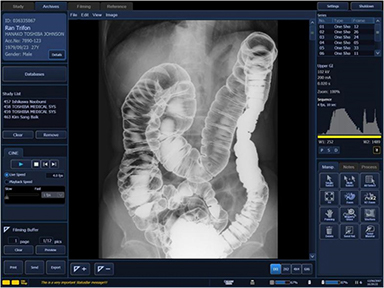
Digital Image Processing and Acquisition
Digital imaging requires less maintenance than film or CR cassettes, reduces total exam time as images are processed and displayed instantaneously, reduces dose exposure as a result of eliminating repeat views, and allows you to edit, enhance, and archive images more quickly and easily.
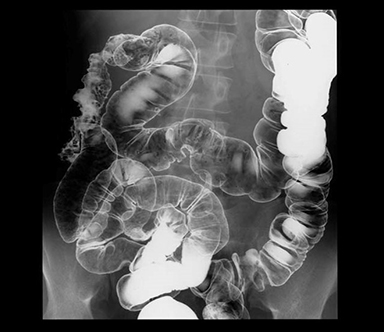
17 in. x 17 in. FPD
Full-spectrum detail detection.
When every image matters, you want to make sure you are getting to see the big picture in full detail. The large 43 cm. x 43 cm. / 17 in. x 17 in. flat panel detector helps provide the foundation for flexibility. The detector provides a large field of view, 4 FOV levels, a fine pixel pitch of 148 microns, 16-bit image processing, and a high S/N ratio, which enables low-dose fluoroscopy, more patient coverage, and high-resolution imaging capabilities for improved visualization.
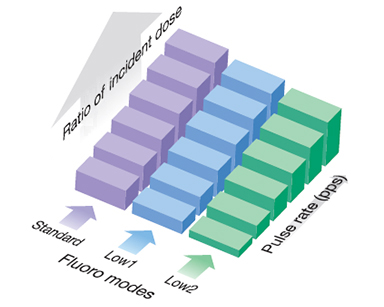
Variable Dose Modes including Grid Pulsed Fluoro
The Ultimax-i offers 3 variable dose modes including continuous fluoro, pulsed fluoro, and grid pulsed fluoro so users can select the optimal dose mode based on their patient’s and procedural needs.
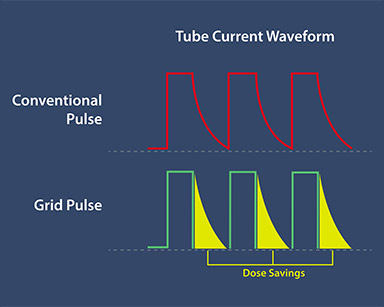
Grid Pulsed Fluoro
Grid pulse fluoro function lowers patient dose by reducing X-ray exposure that doesn’t contribute to the diagnostic image. Grid pulse fluoro features in-tube grid switching that virtually eliminates leading and trailing edge of soft x-rays for a more efficient pulse fluoroscopy.
Grid Pulsed Fluoro Demo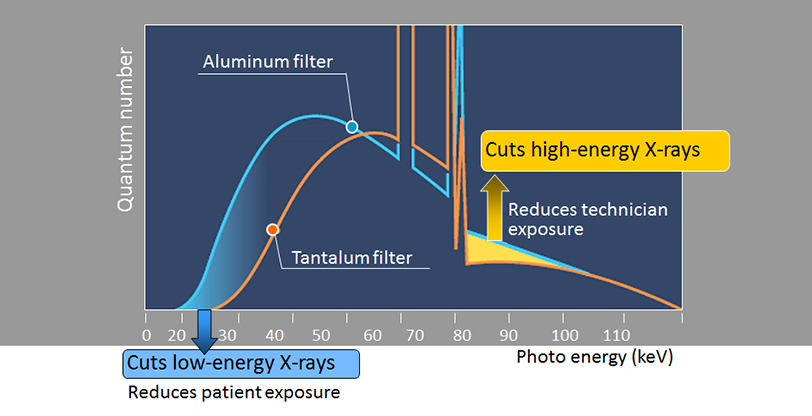
Tantalum Filter
Tantalum beam hardening filter reduces low and high energy radiation to reduce the patient’s skin dose and the scattered radiation dose received by the operator.
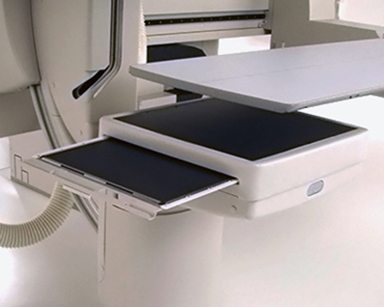
Removable Anti-Scatter Grid
A removable anti-scatter grid can be utilized during sensitive low-scatter situations.
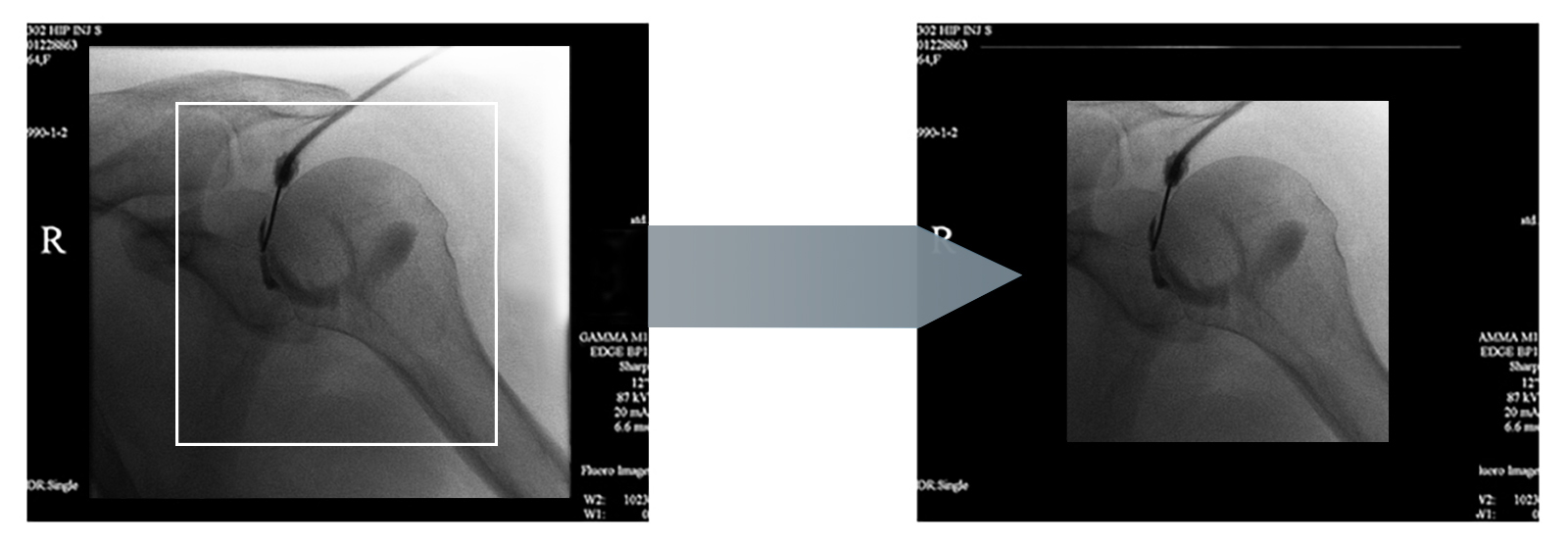
Last Image Hold & Virtual Collimation
- Last Image Hold (LIH) displays the last fluoroscopic image for review without further exposure
- Virtual collimation lets you position the collimator using LIH without fluoroscopy use
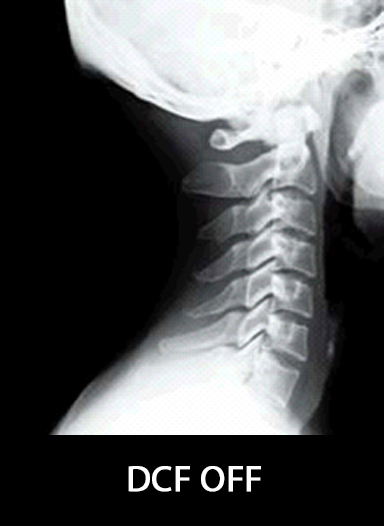
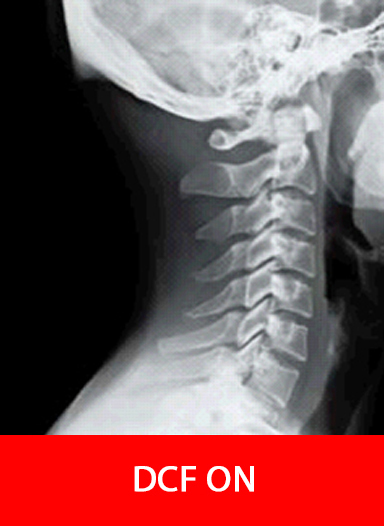
Digital Compensation Filter (DCF)
The Digital Compensation Filter (DCF) provides real time enhancement of fluoroscopic images to obtain optimum image quality under the most difficult circumstances.
New Super Noise Reduction Filter (SNRF)
Next generation image processing.
Canon Medical Systems' new exclusive SNRF technology enables reduced dose imaging by analyzing and processing each image frame in real time during fluoroscopy and radiography. This allows users to achieve significant noise reduction while maintaining high temporal resolution at a reduced dose.
- New SNRF will change the image quality. High-IQ with reduced dose could be achieved.
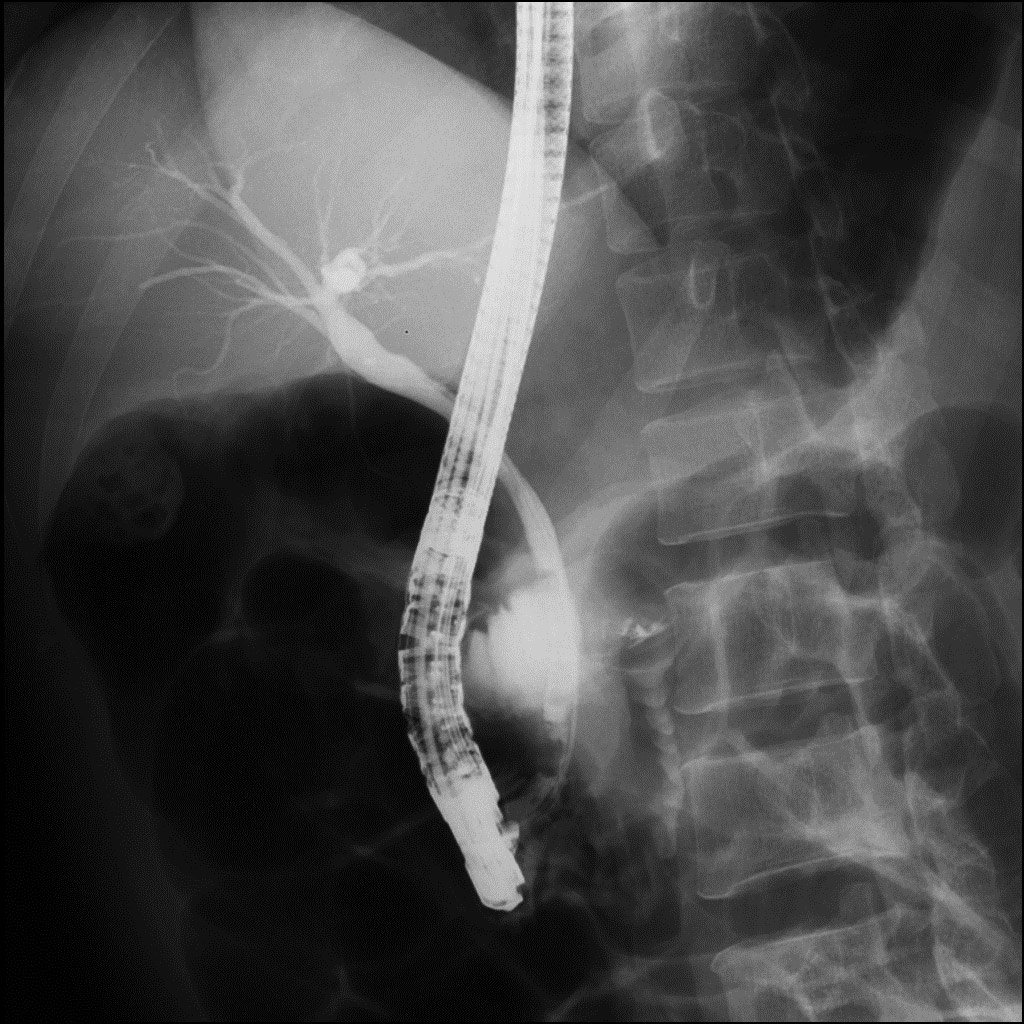
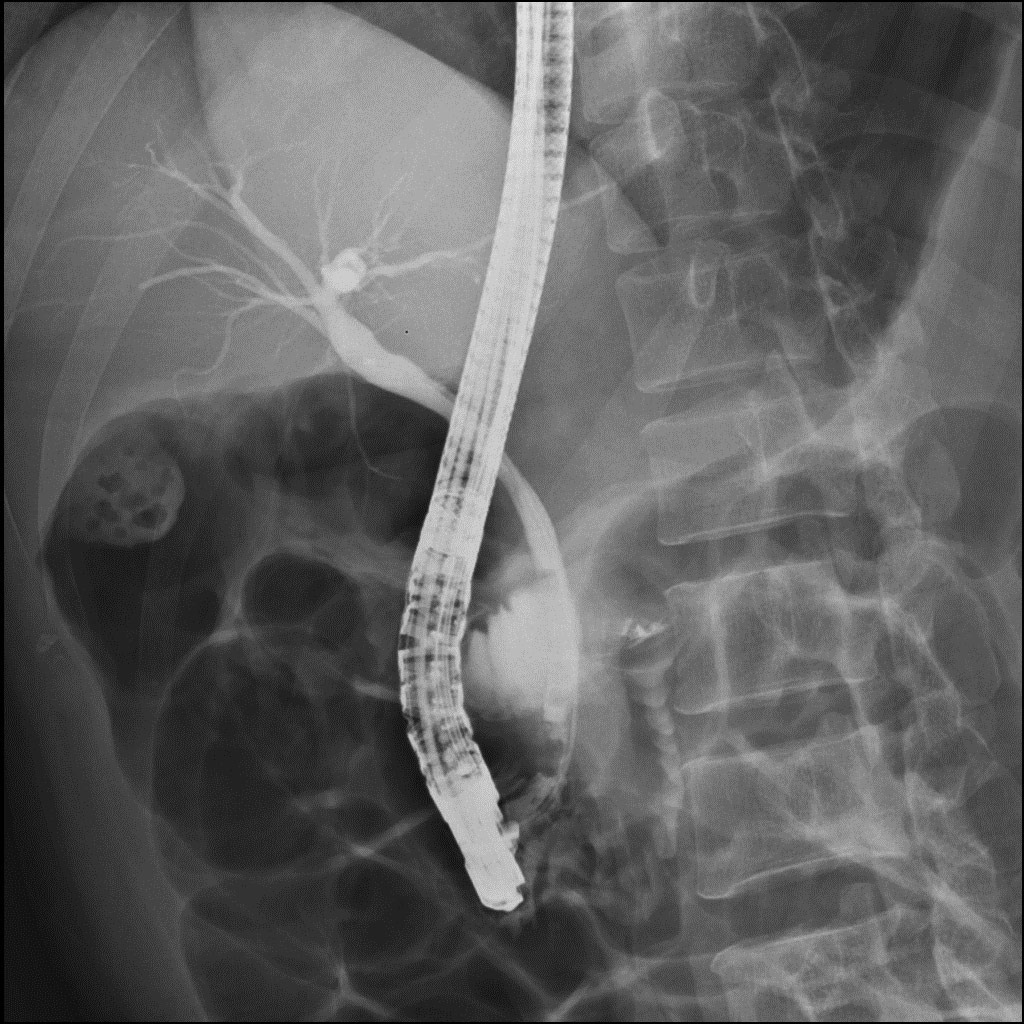
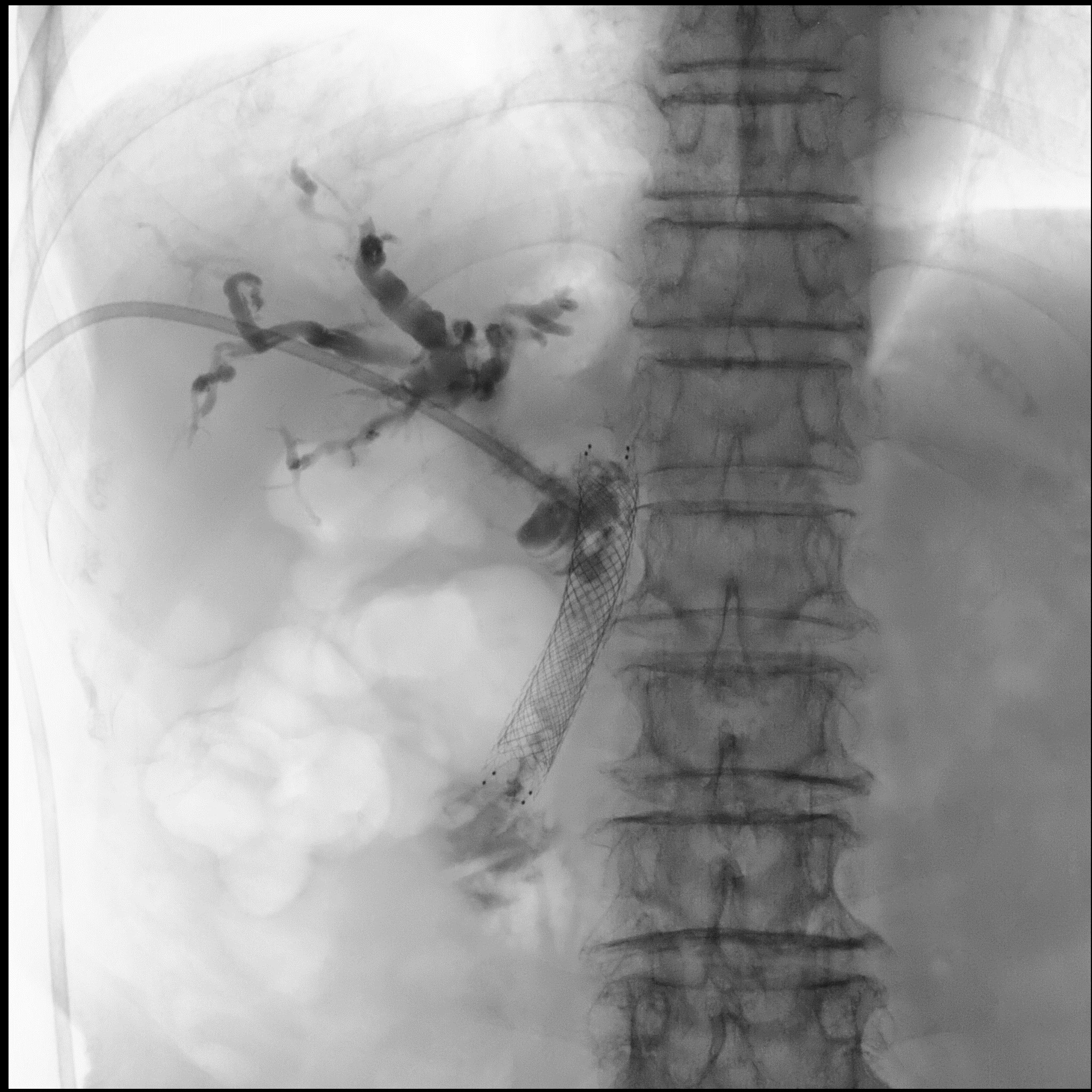
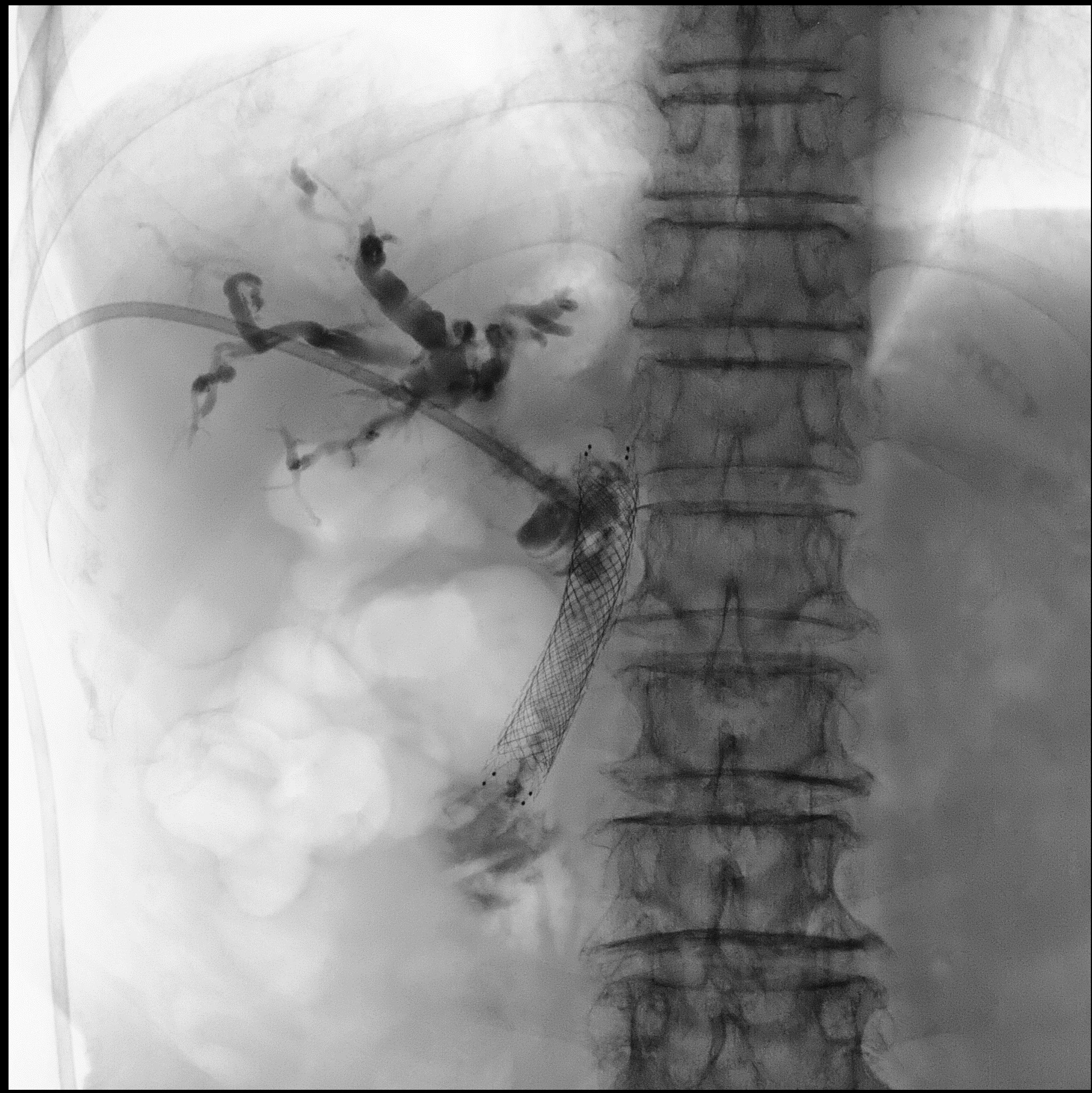
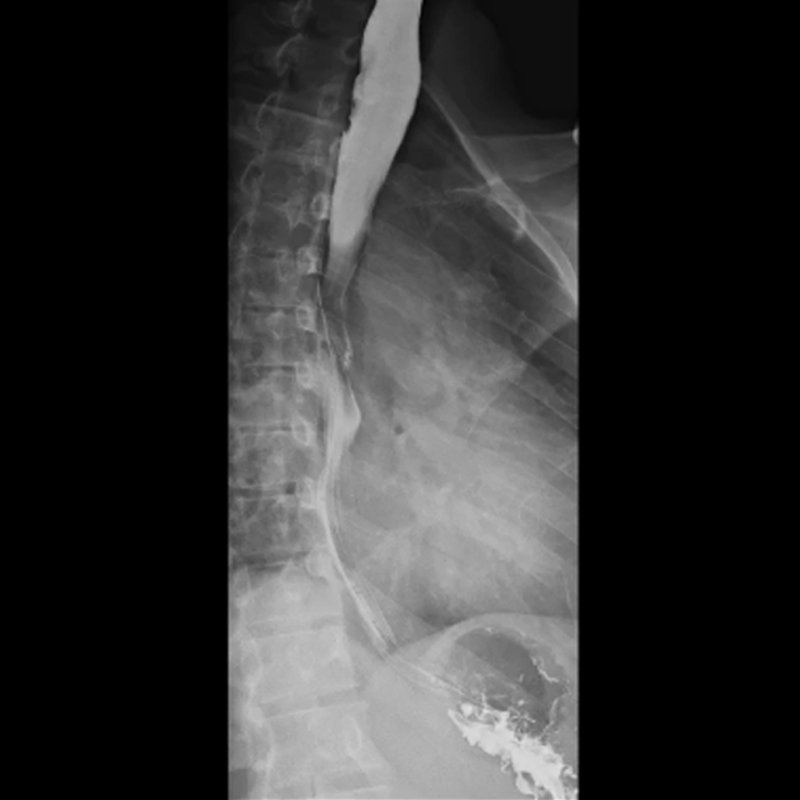
Fluoro Record/Store
- Can be used to replace digital acquisition (DA) resulting in significant dose reduction
- Two methods to capture images for further review, prospective or retrospective
- This feature can reduce the need to perform repeat exposure in order to visualize the same anatomy



